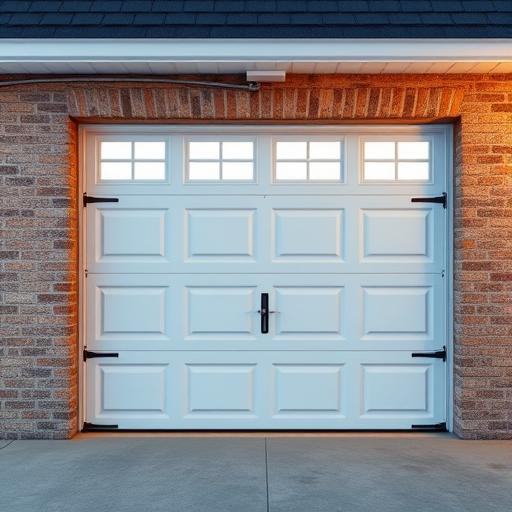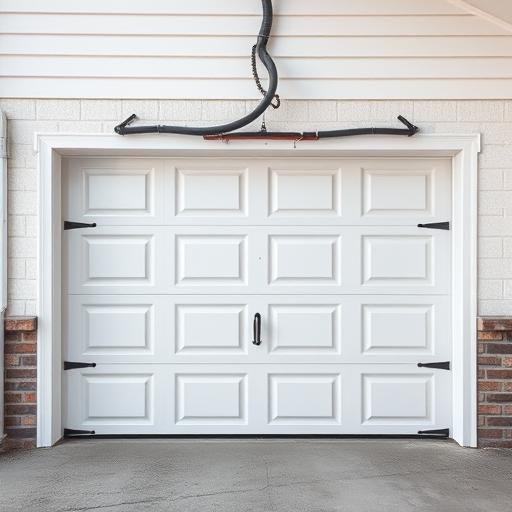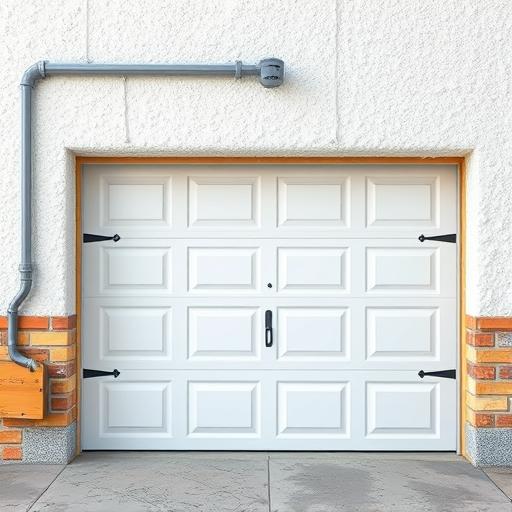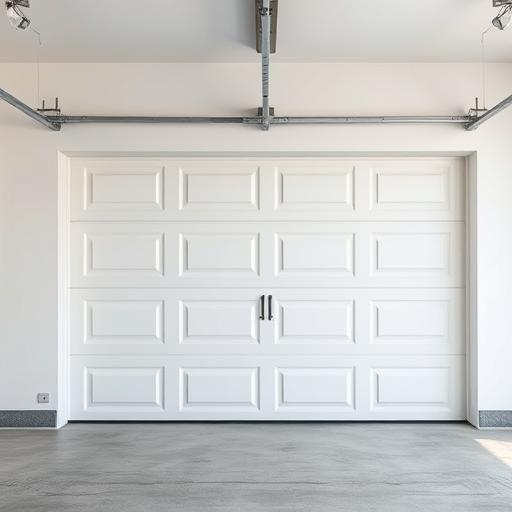How to Insulate a Garage Door
Insulating a garage door is a simple yet effective way to boost energy efficiency, reduce costs, and enhance the comfort of your home. A well-insulated garage door helps prevent heat transfer, keeping your garage cooler in the summer and warmer in the winter. This not only makes your garage more livable but also reduces the workload on your heating, ventilation, and air conditioning (HVAC) system, leading to significant energy savings. In this article, we’ll explore the benefits of insulating your garage door, how to choose the right insulation material, and a step-by-step guide on how to install it.
Step-by-Step Process
Measure the Door
Determine the dimensions of your garage door for insulation material.
Choose Insulation
Select foam board, reflective foil, or spray foam based on needs.
Cut Insulation Panels
Trim panels to fit door sections precisely for a snug fit.
Attach Insulation
Secure panels with adhesive, tape, or brackets to the door.
Seal Gaps and Edges
Use weatherstripping to block drafts around the door frame.
Process infographic for How to Insulate a Garage Door
Why Insulate Your Garage Door?
Energy Efficiency & Cost Savings
Insulating your garage door prevents heat from escaping during winter and entering during summer. This reduces the workload on your HVAC system, leading to lower energy bills. According to the U.S. Department of Energy, a properly insulated garage door can save homeowners up to 30% on their energy costs. By minimizing heat transfer, you can enjoy a more comfortable temperature in your garage and adjacent living spaces.
Improved Comfort & Livability
A well-insulated garage door keeps your garage at a comfortable temperature, making it a more enjoyable space to work on projects or store sensitive items. If your garage is attached to your home, insulation can also improve the comfort of adjacent living spaces by preventing cold air from seeping in. This is especially important if you have a living space above or next to the garage.
Noise Reduction & Durability
Insulation also helps reduce outside noise, making your garage a quieter space. Additionally, insulation protects your garage door from moisture and weather damage, extending its lifespan. By dampening outside noise, you can enjoy a more peaceful environment in your garage and home.
Choosing the Right Insulation Material
Common Garage Door Insulation Types
There are several types of insulation materials available for garage doors, including:
- Foam Board (Polystyrene or Polyurethane) – Lightweight, easy to install, and provides a good R-value.
- Reflective Insulation (Radiant Barriers) – Best for hot climates, as it reflects heat rather than absorbs it.
- Fiberglass Batts – Affordable but requires careful installation to avoid gaps.
- Spray Foam Insulation – Offers the highest R-value but requires professional application.
Factors to Consider When Selecting Insulation
When choosing an insulation material, consider the following factors:
- Climate: If you live in a hot climate, reflective insulation may be the best choice. For cold climates, foam board or fiberglass batts may be more suitable.
- Garage door material: Ensure the insulation material is compatible with your garage door material (steel, wood, aluminum).
- Budget and skill level: DIY installations can be cost-effective, but professional installation may be necessary for complex garage door designs or if you’re not comfortable with the installation process.
Step-by-Step Guide to Insulating a Garage Door
Tools & Materials Needed
To insulate your garage door, you’ll need the following tools and materials:
- Utility knife
- Measuring tape
- Adhesive (e.g., foam adhesive or construction adhesive)
- Insulation panels
- Safety gear (gloves, goggles)
Preparing the Garage Door
Before installing insulation, clean the garage door’s interior surface and remove any existing insulation or debris. This ensures a smooth installation process and optimal insulation performance.
Measuring & Cutting Insulation Panels
Measure each section of the garage door and cut the insulation panels to fit snugly. Use a utility knife or a saw to make clean cuts.
Installing the Insulation
Apply adhesive to the back of the insulation panels and secure them to the garage door. Use clips or screws if necessary. Seal edges with weatherstripping or foam sealant to prevent air leaks.
Finishing Touches & Maintenance
Check for gaps and reinforce weak spots with additional insulation or sealant. Regularly inspect and maintain your garage door insulation to ensure optimal performance.
Professional vs. DIY Installation
When to Hire a Professional
Consider hiring a professional if you have a complex garage door design or limited DIY experience. Professionals can ensure a proper installation, which is crucial for optimal insulation performance.
Benefits of DIY Insulation
DIY insulation can be cost-effective and allows for customization based on personal preferences. However, ensure you follow the manufacturer’s instructions and take necessary safety precautions.
Common Mistakes to Avoid When Insulating a Garage Door
Avoid the following common mistakes when insulating your garage door:
- Using the wrong type of insulation for your climate.
- Leaving gaps or improperly sealing edges.
- Ignoring moisture buildup risks (especially with fiberglass).
Conclusion
Insulating your garage door is a simple and effective way to boost energy efficiency, reduce costs, and enhance comfort. By choosing the right insulation material and following a step-by-step installation guide, you can enjoy a more livable garage and reduced energy bills. Whether you choose DIY or professional installation, insulating your garage door is a worthwhile investment.
FAQs About Insulating a Garage Door
Q1: Can I insulate a garage door from the outside?
No, insulation must be applied from the inside.
Q2: How much does it cost to insulate a garage door?
Estimated costs vary depending on the insulation material and installation method. DIY installations can cost between $50 to $200, while professional installations can range from $200 to $500 or more.

Q3: Does insulating a garage door increase home value?
Yes, a well-insulated garage door can increase your home’s resale value and energy efficiency ratings.
Q4: How long does garage door insulation last?
The average lifespan of garage door insulation varies depending on the material: foam board (10-15 years), reflective insulation (10-20 years), fiberglass batts (10-20 years), and spray foam insulation (20-30 years).

Q5: Can I insulate a metal garage door effectively?
Yes, but certain materials (like foam board) work best for metal garage doors.








